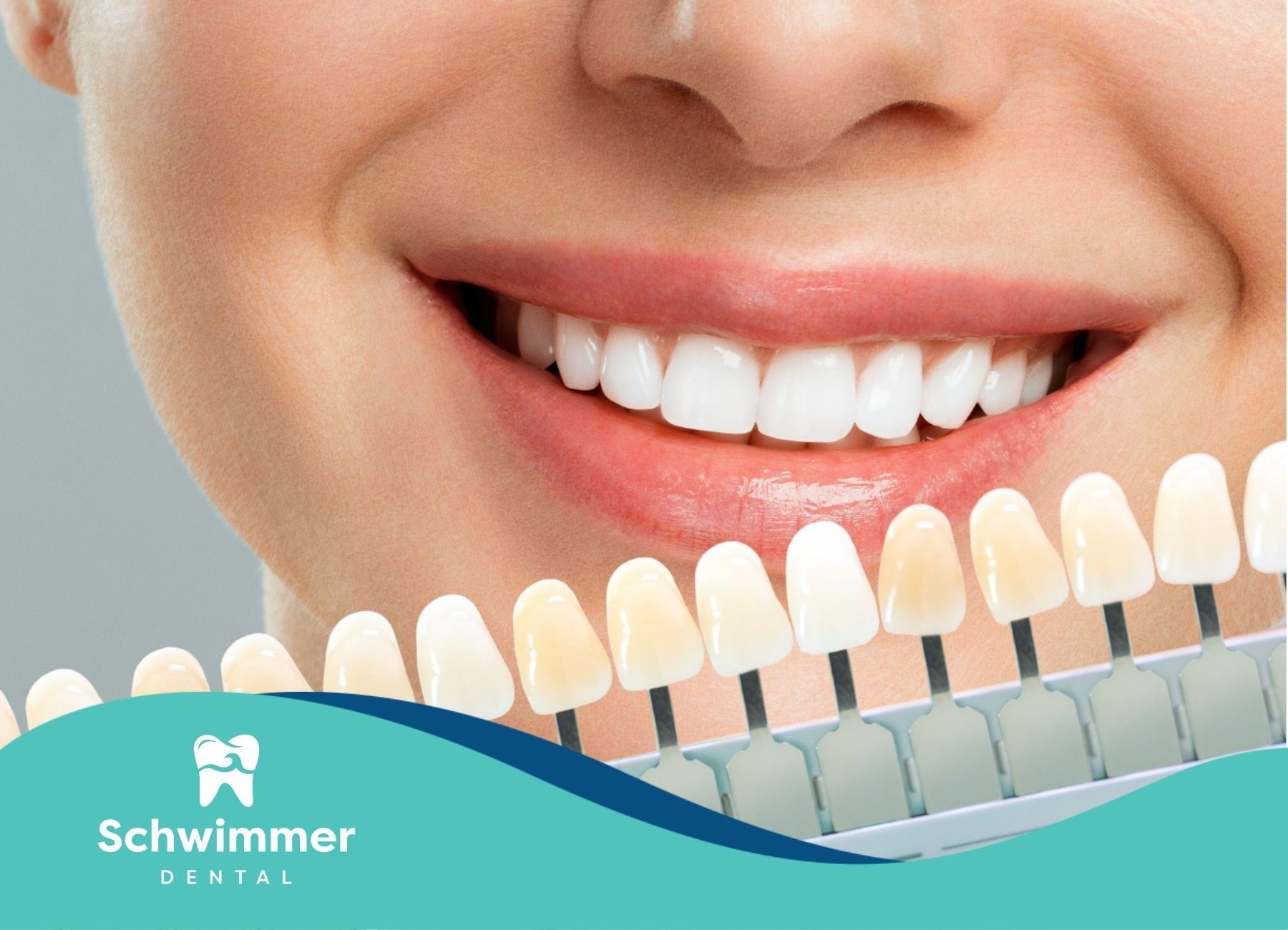Is Crown Lengthening Right for You? Benefits, Procedure & Recovery
A healthy, balanced smile is more than just straight, white teeth—it also involves properly proportioned gums. For some people, excess gum tissue covers too much of their teeth, creating what’s known as a “gummy smile.” Others may have had tooth damage or decay that extends below the gumline, making it difficult to restore the tooth with a crown or filling. In both cases, a crown lengthening procedure can help.
This minor surgical procedure involves reshaping the gum tissue and sometimes the underlying bone to expose more of the tooth’s surface. It is commonly recommended for both functional and cosmetic reasons. Whether you’re considering this procedure to improve your smile’s appearance or to allow for necessary dental work, understanding what’s involved is crucial.
What is a Crown Lengthening Procedure?
A crown lengthening procedure is a surgical treatment performed by a periodontist or specialized dentist to expose more of a tooth’s structure by reshaping or removing gum tissue and, in some cases, the underlying bone. This process helps ensure that a tooth has enough visible surface for restoration or enhances the overall aesthetics of a smile.
While many people assume that excess gum tissue is simply a cosmetic concern, it can also create difficulties in maintaining oral hygiene. When too much gum covers the teeth, it can trap plaque and bacteria, increasing the risk of gum disease and tooth decay. Crown lengthening can be both a practical and aesthetic solution.
Is Crown Lengthening Painful?
The procedure itself is painless due to local anesthesia. However, patients may experience mild discomfort and swelling afterward. This can usually be managed with pain relievers and proper aftercare.
Why Would Someone Need Crown Lengthening?
1. Restoring a Tooth for a Crown or Filling
When a tooth is broken or decayed below the gumline, placing a dental crown or filling can be challenging. The dentist may need to expose more of the tooth to ensure a proper fit. Without this procedure, the restoration may not bond correctly, increasing the risk of future complications.
2. Treating a Gummy Smile
A “gummy smile” occurs when an excessive amount of gum tissue covers the teeth, making them appear shorter than they actually are. Crown lengthening can adjust the gum-to-tooth ratio, creating a more balanced, attractive smile.
3. Preventing Future Dental Issues
If a tooth lacks enough exposed surface for a crown or filling, it may not function correctly or may cause irritation to the surrounding gum tissue. Over time, this can lead to gum recession or even the failure of the dental restoration.
4. Improving Oral Hygiene
Excess gum tissue can make it harder to clean between teeth, leading to plaque buildup and an increased risk of gum disease. By reshaping the gums, crown lengthening can make brushing and flossing more effective.
Different Types of Crown Lengthening Procedures
1. Functional Crown Lengthening
This procedure is done when a tooth needs to be restored but doesn’t have enough visible structure to support a filling or crown. The gum tissue (and sometimes bone) is removed to expose more of the tooth, ensuring a strong foundation for the restoration.
2. Aesthetic Crown Lengthening
Aesthetic crown lengthening is performed to improve the appearance of the smile. It removes excess gum tissue to create a more proportionate look and make the teeth appear longer.
3. Crown Lengthening for Orthodontic Treatment
In some cases, orthodontists recommend crown lengthening before braces or aligners to ensure proper tooth movement. If a tooth is partially covered by gum tissue, it may not shift correctly into place during orthodontic treatment.
How the Crown Lengthening Procedure Works
1. Initial Consultation
Before the procedure, the dentist or periodontist will evaluate the patient’s oral health, take X-rays, and discuss the best approach based on the patient’s specific needs. They will also explain the risks and benefits of the procedure.
2. Preparing for the Procedure
- The patient will receive local anesthesia to numb the area.
- If necessary, sedation options may be available for those with dental anxiety.
- The dentist will mark the gumline to determine how much tissue needs to be removed.
3. The Procedure Itself
- The periodontist will carefully remove excess gum tissue to expose more of the tooth.
- In cases where bone removal is needed, specialized instruments are used to reshape the underlying structure.
- Once the desired amount of tooth structure is exposed, the area is cleaned, and sutures may be placed to aid in healing.
- A protective dressing may be applied to the surgical site.
Recovery and Healing Process
1. Immediate Post-Procedure Care
Patients may experience mild discomfort, swelling, and sensitivity in the treated area. Over-the-counter pain relievers are typically sufficient for managing discomfort.
2. Dietary Adjustments
For the first few days, patients should eat soft foods and avoid anything too hot, spicy, or crunchy. This helps prevent irritation and promotes faster healing.
3. Oral Hygiene Routine
Brushing should be done carefully, avoiding direct contact with the surgical area. Dentists may recommend using an antimicrobial mouthwash to prevent infection.
4. Follow-Up Appointments
Patients will need to visit their dentist for a check-up and possible suture removal within a week or two after the procedure. Full healing can take 6 to 12 weeks, depending on the extent of the treatment.
Crown Lengthening vs. Other Gum Procedures
Crown Lengthening vs. Gingivectomy
A gingivectomy only removes excess gum tissue, while crown lengthening may involve both gum and bone removal. Gingivectomies are typically used for mild gum overgrowth, while crown lengthening is necessary when more structural changes are needed.
Crown Lengthening vs. Gum Contouring
Gum contouring is a strictly cosmetic procedure that reshapes the gums for aesthetic purposes. Crown lengthening, on the other hand, is often necessary for restorative treatments.
How to Know If You Need Crown Lengthening
Patients who may need crown lengthening include those who:
- Have excessive gum coverage on their teeth.
- Need a dental crown but don’t have enough visible tooth structure.
- Experience difficulty cleaning their teeth due to overgrown gums.
Conclusion
A crown lengthening procedure is an effective solution for both functional and aesthetic dental concerns. Whether you need it to restore a tooth or enhance your smile, understanding the procedure, recovery, and potential risks can help you make an informed decision.
At Schwimmer Dental, our expert team provides personalized consultations to determine whether crown lengthening is right for you. If you’re considering this procedure, schedule an appointment today to explore your options and achieve a healthier, more confident smile!
FAQs
How long after crown lengthening can I get a crown?
It typically takes 6–12 weeks for full gum healing before a permanent crown can be placed.
Can I eat after the procedure?
Yes, but stick to soft foods and avoid anything hot, spicy, or crunchy for the first few days.
Will my gums grow back after crown lengthening?
No, the gum tissue does not regenerate. The results are permanent.



